460% in a Decade
The Industrial Revolution in America left its’ imprint on nearly every aspect of civilization and created lasting effects that are still felt today. The steel industry exploded during the Industrial Revolution and American steel became the dominant world leader. One of the most demanding ports started as an uninhabited marshland on the outskirts of a vital crossroads of America, Chicago. Tracks of land along the lower tip of Lake Michigan, was soon to embody what would be called the Indiana Harbor. Built where the mouth of the Grand Calumet River flooded into Lake Michigan, Indiana Harbor was to become the future home of Inland Steel, the lifeblood of its’ surroundings. It was thirty years before the name East Chicago appeared in 1888 and Indiana Harbor was incorporated into this new community. By the early 1900’s East Chicago was on its way to become one the most industrial strongholds in the world. During the
East Chicago was known as the most industrialized city in the United States, a melting pot of over seventy different nationalities clamoring for a piece of the American dream of steel, grit and perseverance.
crowning of this revolution, East Chicago was known as the most industrialized city in the United States, a melting pot of over seventy different nationalities clamoring for a piece of the American dream of steel, grit and perseverance. In a mere ten years, from 1900-1910 the population soared 460% from 3,400 to 19,100. At its peak, East Chicago wrapped 60,000 people in its boundaries as Inland Steel put 25,000 to work. This once heartbeat of America and powerhouse of steel couldn’t hold its grip forever and the population crashed to under 30,000 today. It still stands as one of the last operating steel mills in the United States as it floods the air with a metallic smell. The harbor ship canal now carries 90% industrial outflow and storm water overflow, its sediment laden bed layered with contaminates from the industrial golden age. The entire Calumet Region breathes as a living lesson in history and culture of great growth within great diversity in America’s industrial heartland.
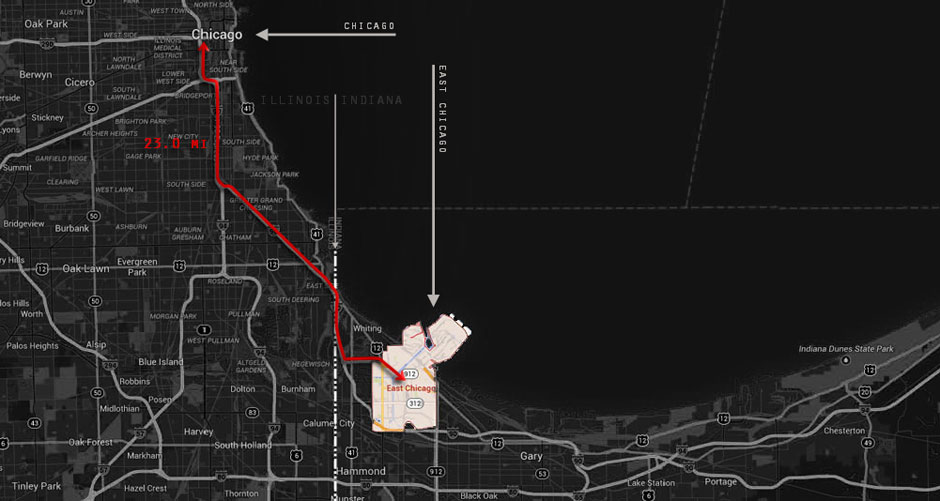
Not Even in the Right State
If the barriers that held together the old steel towns could tell stories; there would be tales of sin striped streets with a reputation of freewheeling boomtowns in vibrant vice districts of prostitution and underground grids serving bootleg liquor. A male enclave with all the gentlemen’s requirements and desire’s catered for within just a few minutes’ walk in
…there would be tales of sin striped streets with a reputation of freewheeling boomtowns in vibrant vice districts of prostitution and underground grids serving bootleg liquor.
one direction or another. Incorporated as a railroad and steel town, East Chicago was one of the Northwest Indiana’s Region’s first industrial cities, which was created to meet the needs of its workers. Despite its name, East Chicago is not a part of Chicago; it’s not even in Illinois, it is actually in Indiana. – continue reading
► State Road 912, better known as Cline Avenue, has a forbidding history of death and destruction. It was originally built as a bridge to connect the steel mills in East Chicago, Indiana with the Indiana Toll Road. Two sections of an unfinished bridge collapsed, killing twelve highway workers and eighteen more were injured. In 2009, the discovery of corrosion in the weakened elevated portion of the road was too dangerous for it to remain open so it was closed to traffic. Since this time, the highway has been abandoned, and has sat dormant as traffic has been rerouted to surrounding streets. – read more
Steel Facts
- In 1906, Inland Steel purchased a lease on an iron ore mine in Northern Minnesota to ensured itself of a source of iron ore to feed its furnaces. This allowed Inland to reduce costs and significantly increase steel production.
- During World War I (1914-1918) East Chicago was known as the “Arsenal of America”.
Personal Look
The steel industry was once the heartbeat of America’s industrial revolution, and its presence can still be felt today. I previously documented Gary Indiana as I was drawn to this once murder capital of the world by the tragic portrait of decay and the influence of the steel mill. These rust belts are the national symbol of a nation in economic midlife crisis; of towns once powerful in the manufacturing sector. Capturing East Chicago, Gary’s neighbor, meant a more vested
Bigger scope of dying America, dying cities, dying heavy industry. The decay of these towns lead to death elsewhere, and the emblem of the industrial revolution that was once rooted in steel.
interest and building off what I felt, captured, and saw in Gary. They are connected by the ever presence of the steel mill industry, but the decay in East Chicago wasn’t left to the elements as deep and dark as Gary was. Two towns, two impactful stories, two declines, two different places. East Chicago is laced with a plethora of churches represented by various nationalities, the distinct separations of certain areas, interesting architecture, and the unforgotten abandoned highway.
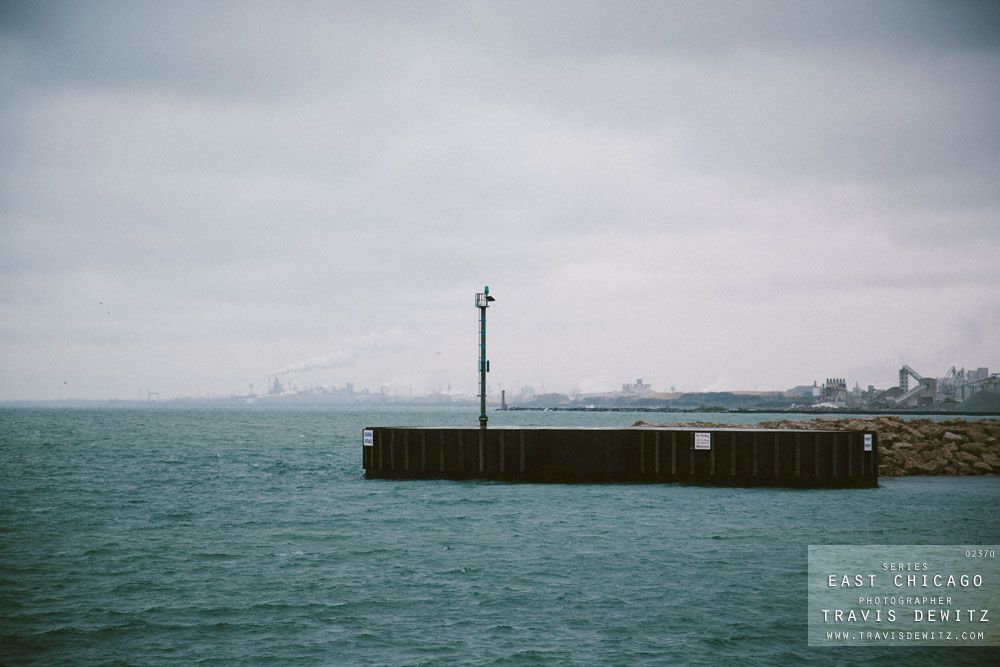
An important aspect to my series – “A Personal Look Inside: East Chicago Series, is that I concentrate on capturing these incredibly exceptional buildings, that once met something to their city, as portraits. I do not try to make them look better or worse than how they stand. I photograph them as they are, in whatever form or glory you can cultivate from
◄ Marktown was a neighborhood created to provide a complete community for workers. Designed by architect Howard Van Doren Shaw, the design was unlike any other where the streets served as walkways and the cars are parked on the sidewalks. Ninety percent of the original design was never built as the construction was terminated due to the aftereffects of WWI. As Marktown stands today it is one of the few remaining planned communities where all of the original homes still linger. – read more
them. This is documentation from their roots to today, of what once was, not a commercial shoot. East Chicago is a part of the greater picture of my series which includes the old rust belt towns where smoke stakes can no longer be seen billowing across the night sky. Gary, Braddock, Weirton, Steel, Detroit are a part of that bigger scope of dying America, dying cities, dying heavy industry. The decay of these towns lead to death elsewhere, and the emblem of the industrial revolution that was once rooted in steel. My travels and work in East Chicago was met with many long stares, early morning alarms, a police drug team, and many many Buicks.
Read the Whole East Chicago Story or Check Out the Related Series
Click to Browse the Map
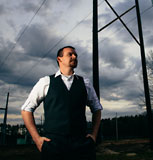
Through the creative lens of Travis Dewitz; he demonstrates time and time again how much splendor can be extracted from the interplay of the industrial world around us. In the most unusual and unexpected places Dewitz showcases images that embody the forgotten beauty of railways, factory floors, the rolling smoke of steel mills, and the cities that are built around them. He brings a certain magic as he invokes the very souls of these once-glorious industrial areas; his captures overflow with inspirational energy. Click here to view his personal series.
Like and Share With Your Friends and Family.


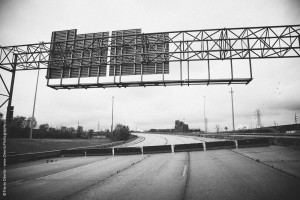
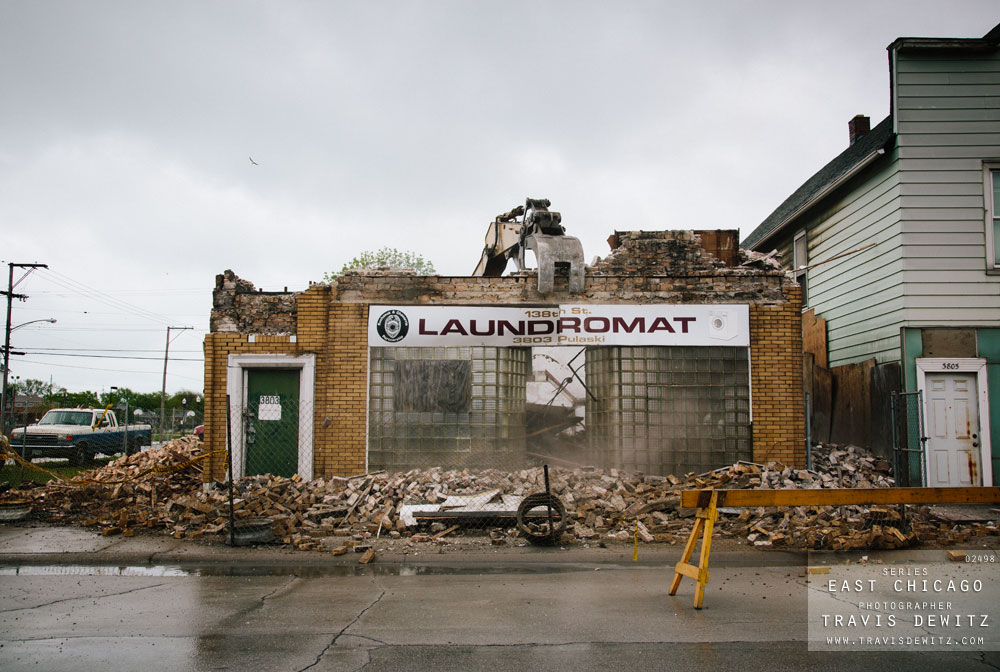
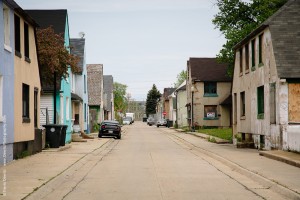
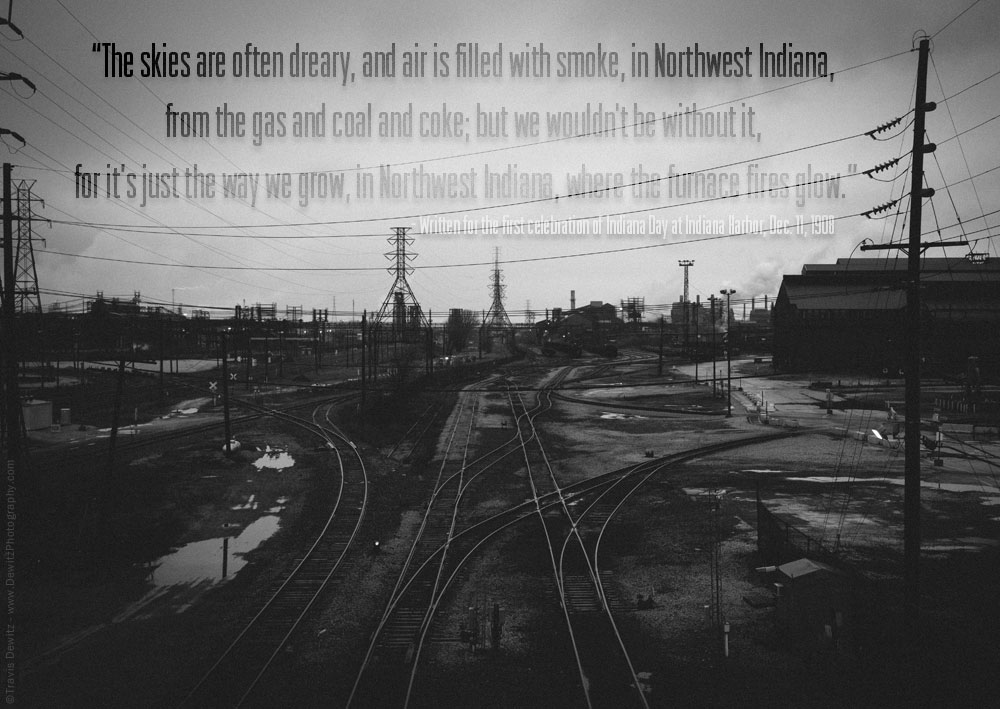

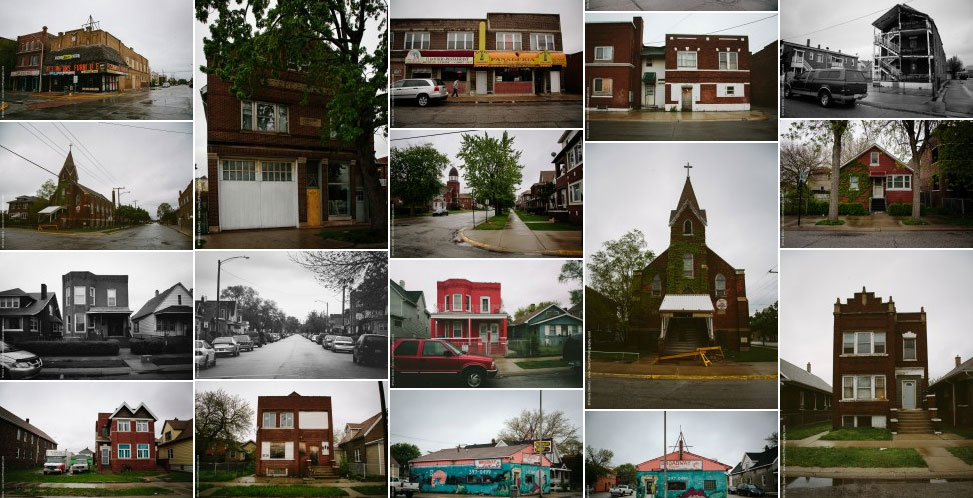
MJ
I am currently writing a novel that takes place in NWI (Indiana Harbor). If I should ever get the green light to publish, I would love to have some of your pictures included.
Thank you.
MJ
MJune Kirk
Thank you Mr. Dewitz. We need to remember our history and at this point only your pictures and text will be the only link to that past.